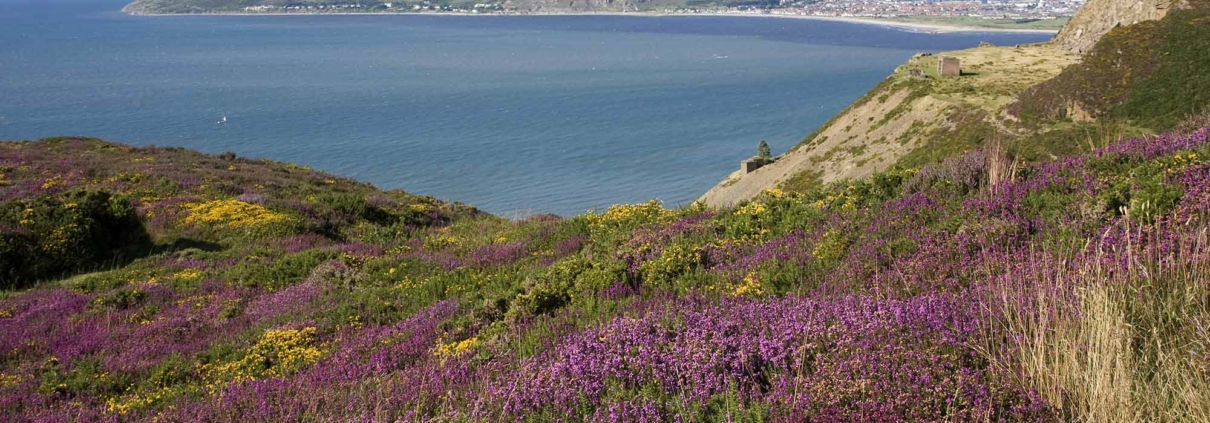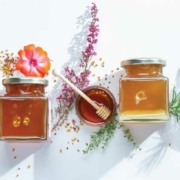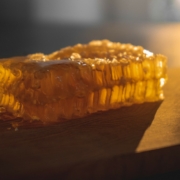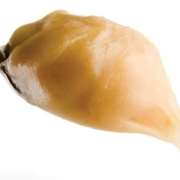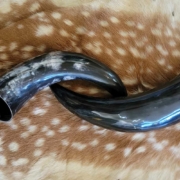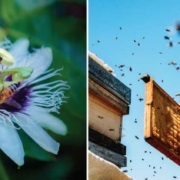Discover the Essence of Local Flavors with Every Sip of Mead – Your gateway to honey’s terroir.
Read time: 4 minutes
Indulge in the unique flavors of mead, the ancient drink crafted by the harmony of honey and terroir. Each sip offers more than a mere buzz; it’s a sensory journey through local terrain, a testament to the tireless work of bees. Our mead captures the essence of its origins, with each drop narrating the tale of geography, climate, and soil – infused with whispers of wings among lavender fields and blackberry brambles. This isn’t just mead; it’s a glass filled with the neighborhood’s finest nectar, a liquid homage to the distinct place and season, meticulously curated by thousands of bees and the artistry of our mead-makers.
The Magic- The Heart of Mead and Terroir
A Sip of nature’s Nectar
Picture this: You take a sip of mead that magically transports you to a radiant sun-drenched field with honeybees dancing from flower to flower, each gathering pollen and nectar as they go. Can you taste those floral notes? Maybe a little sweet earthiness? Welcome to the intricate and nuanced world of terroir.
Terroir – the Heart of Honey’s Flavor
Geography, Climate, and Soil – The Trinity of Terroir
Terroir is a French term most frequently applied to vinifera wine, but I would argue that it is equally relevant to honey and, thus, the art of making mead. Terroir combines influences, local geography, climate, soil, and the unique qualities they lend to agricultural products. In this case, it’s honey. Yes, honey is one tiny step away from the plant, but it is inextricably linked.
The origin of honey influences the flavors in your glass of mead and tells a story of a specific place and time. Intrigued? Let’s take a whirlwind tour to explore how the concept of terroir is creating a buzz among mead-makers and mead-lovers alike, one hive at a time.
Before we go further, let’s revisit the term terroir. Terroir is the unique set of environmental factors – geography, climate, and soil – that imbue an agricultural product with distinct characteristics. It’s why a Pinot Noir grape grown in the Willamette Valley tastes different from grapes grown in Burgundy despite being the same varietal. Similarly, when it comes to honey, terroir plays an essential role in creating unique flavors and aromas that go beyond just ‘sweet.’
Geography – The Landscape of Flavor
From Lavender Fields to Citrus Groves
Geography isn’t just about maps and boundaries; it’s about ecosystems, plant life, and the flowers and forage unique to an area. The area surrounding the hive shapes the honey in profound ways. Depending on who you ask, bees will forage anywhere from 2 to 5 miles from the hive. The more dominant a particular forage, the more influence it has on the flavor of the honey and the resulting mead. If a preferred forage is abundant, the bees will stick closer to the hive, creating an even more distinct honey. A great example is lavender, a favorite of both honeybees and humans. An area with abundant lavender will produce floral honey, frequently with herbaceous, citrus, or woodsy notes. Orange blossom honey is more well-known and retains much of the intensely delightful aroma of citrus blossoms, while meadowfoam honey tastes almost like toasted marshmallows! These locale-specific bouquets of flavor don’t just make the honey interesting; they capture the essence of a place. These unique qualities shine through with each sip of mead made from the honey.
Climate and Seasonality – Nature’s Rhythm
Honey’s Seasonal Symphony
Climate and seasonality are the ever-changing elements of terroir. It dictates what will bloom when, what forage will be abundant, and perhaps what will be scarce. Drought years will also alter honey’s color, flavor, and abundance. Climate is increasingly a factor in the era of climate change. Seasons affect honey, too. Spring honeys are generally lighter and more floral as the bee’s forage is likely to be things like clover, maple blossoms, and dandelions; late summer and fall tend to bring darker, more robust honey with forage such as buckwheat and knotweed being abundant. These are very general rules, and the examples are particular to the Northwest. The seasonal variations in honey add an element of time to the flavors present in honey and make each batch of mead a time capsule of sorts, capturing the atmospheric conditions of a given year.
Soil – The Foundation of Flavor
Unearthing the Subtle Influences of Soil
Soil and the surrounding habitat form the bedrock, quite literally, of terroir. The soil’s mineral content, particular nutrients, moisture level, and pH all impact the plants growing there, which in turn affects the nectar and pollen bees collect and the resulting honey. These distinctions, granted, would be subtle but can undoubtedly influence the complex layers of flavor present in a well-made mead. The soil contributes to a taste experience deeply rooted in its natural habitat.
Connecting the dots or drops…. Terroir, Honey, and Mead
A Journey in Every Glass
Let’s connect the dots between terroir, honey, and mead. Just as a skilled chef knows that the best dish begins with the finest ingredients, a skilled mead-maker knows that honey with a strong sense of terroir provides the backbone for a genuinely distinctive mead featuring a harmonious tapestry of flavors and aromas.
So why does all this matter?
Understanding the concept of terroir is like having a peak behind the curtain (or into the hive) to the art of mead-making. It can elevate your experience from simply enjoying a tasty libation to appreciating all that goes into that delicious creation. Knowing a little about the geography, season, or even the soil that nurtured the blossoms the bees foraged might add extra meaning and enjoyment to each sip. It’s about connection; you’re not just tasting honey, water, and yeast. You’re tasting a moment in time at a particular place and the labor of thousands of bees, making each glass a journey unto itself.

